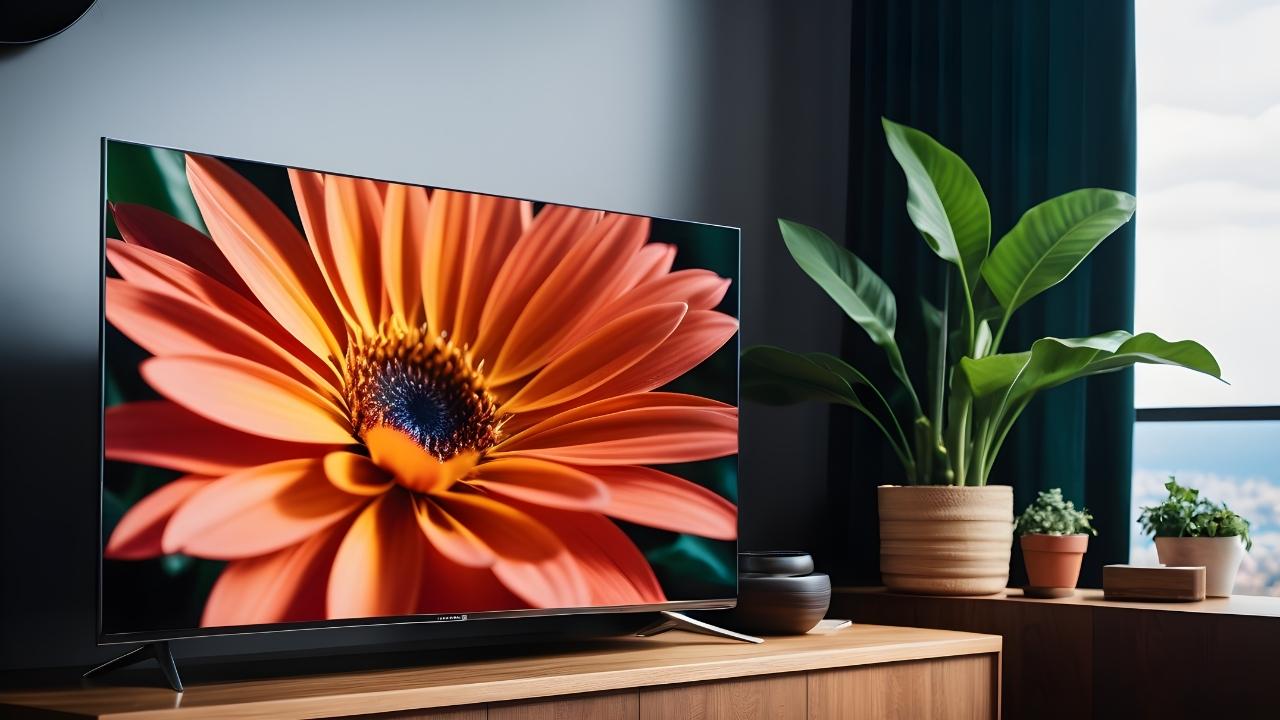Have you ever found yourself confused over how the letter “K” is used in marketing for TVs and computer monitors? Well, there’s no agreement on what a “K” actually is. A big part of the confusion among people shopping for a new screen is that terms like 2K, 4K, and 8K seem to imply specific resolutions and dimensions. This also leads to the belief that a 4K display must be twice as good as a 2K display. However, neither of these things is true.
What Does “K” Stand For?
A “K” simply means a screen is roughly a thousand pixels across. So, a 2K display is around 2,000 pixels horizontally, with 4K being around 4,000. But here’s the thing: how many K’s a display has tells you nothing else about that display just by itself.
Common Misconceptions Regarding 2K
One common misunderstanding is how loosely the term 2K is used. For instance, a typical 1920×1080 display can technically be called 2K, but most people refer to it as Full HD or 1080p instead.
The term 2K is more frequently used to describe 2560×1440 displays, even though this resolution is closer to 3,000 pixels horizontally.
Adding to the confusion, the Digital Cinema Initiatives (DCI) has its definitions for 2K, which can vary based on how the video is cropped. So, even within professional circles, 2K can mean different resolutions depending on the context.
What is 4K?
4K can refer to several different display resolutions, but generally speaking, it’s around four times the actual resolution of a 2K display.
Most displays marketed as 4K are technically Ultra HD (UHD), boasting a resolution of 3840×2160 pixels. This is precisely four times the resolution of Full HD (1920×1080), offering significantly sharper and more detailed images.
Keep In Mind
It’s important to note that some wider displays, such as those found on certain phones, may be labeled as 4K, but achieve this by using a wide aspect ratio rather than increasing pixel density. This approach involves cropping some pixels compared to a standard display.
Moreover, when shopping for an ultra-wide monitor, be mindful of the labels. Some high-end ultrawide monitors boast the same vertical resolution as other 4K monitors (2160p), but due to their increased horizontal pixel count, they may be marketed as 5K Ultra Wides. While labeling makes sense in terms of total pixel count, these monitors don’t necessarily have more pixels vertically compared to standard 4K displays.
What Exactly is 8K?
Unlike 4K, which is the successor to Full HD (1080p) and quadruples the pixel count, offering resolutions like 3840×2160, 8K doubles the resolution of 4K, boasting an impressive 7680×4320 pixels. This higher pixel density in 8K results in incredibly crisp images with intricate details.
Difference Between 4K and 8K
While some may struggle to distinguish between 1080p and 4K, the leap to 8K is more noticeable due to its enhanced pixel density and clarity. However, the difference between 4K and 8K can be subtle to some viewers.
Is It Worth Upgrading from 4K to 8K?
Whether upgrading to 8K is worth it depends on factors like content availability and device compatibility. Currently, few cameras support 8K recording, and streaming platforms are catching up slowly. Although YouTube offers 8K, compression can diminish visual fidelity compared to locally recorded 4K.
In Conclusion
While the “K” system provides a quick gauge of display sharpness and is often used for marketing appeal, always verify the actual horizontal and vertical resolutions of any display you’re considering purchasing. Pay attention to the aspect ratio, especially if it exceeds the standard 1.78 horizontal-to-vertical ratio, which could affect compatibility with your setup.
Enhance Your Viewing Experience with Online Convert
When aiming for optimal viewing across various devices and resolutions, Online Convert Video Converter is your go-to tool. It seamlessly converts videos to 2K, 4K, and even 8K resolutions, ensuring your content maintains clarity and quality regardless of the screen it’s viewed on.
Using Online Convert is straightforward: upload your video, choose your preferred resolution, customize settings as necessary, and click “START” to enhance visual fidelity instantly.
Leveraging Online Convert’s robust support for resolution settings and optimization capabilities guarantees that your videos are perfectly suited for different screen resolutions. Whether you’re preparing content for online streaming, professional presentations, or personal viewing, Online Convert simplifies the process to deliver superior quality and compatibility across all devices!

